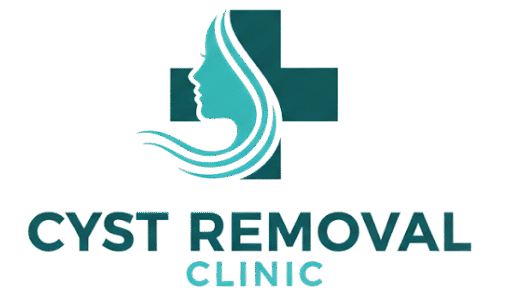Not every cyst requires medical treatment. Many are harmless and can stay in place for years without causing any issues. But when a cyst becomes painful, grows, or changes in appearance, it’s time to have it assessed.
At Cyst Removal Clinic London, our doctors examine and remove all types of cysts — including epidermoid, sebaceous, and pilar cysts — using safe, minor-surgical techniques. Here’s how to tell when a cyst should be treated rather than left alone.
The cyst is growing or changing
A cyst that gradually increases in size or changes in texture often needs medical evaluation. Growth can indicate ongoing blockage, inflammation, or repeated trauma to the area.
Even if the lump feels soft or mobile, steady enlargement means the cyst’s sac continues to fill with keratin or oil — and it won’t disappear on its own.
It becomes painful or tender
Most cysts are painless, but when pressure builds up inside or inflammation sets in, they can become sore to touch. Pain is often a sign that the cyst is either irritated or infected.
An infected cyst may appear red, swollen, and warm. It can also leak yellow or white discharge. In this case, the cyst may require drainage first, followed by surgical removal once the infection has cleared.
It interferes with daily activity or clothing
Cysts in high-friction areas — such as the back, neck, armpit, groin, or scalp — often become irritated by clothing, shaving, or everyday movement. This can lead to recurring inflammation or skin breakdown.
Removing these cysts early prevents discomfort and reduces the chance of infection.
You’re concerned about appearance
Facial or neck cysts can be distressing for patients, especially when they become visible or inflamed. Early removal is usually straightforward and leaves only a small, faint mark.
For visible areas, doctors often use minimal excision or punch excision techniques to achieve a cleaner cosmetic outcome.
It has ruptured or discharged fluid
When a cyst bursts, it releases its contents but not the wall of the cyst. This often leads to recurrence — and sometimes infection. Once healed, the cyst wall remains under the skin and can refill.
In these cases, complete surgical excision is recommended to remove the entire capsule and prevent it from returning.
You’re unsure what the lump actually is
Not all lumps under the skin are cysts. Some may be lipomas (fatty lumps), abscesses, or other lesions. If you’re unsure, it’s always best to have it checked.
Your doctor can confirm the diagnosis during examination and, if needed, arrange histology (lab testing) after removal for complete reassurance.
When removal is not necessary
Small, painless cysts that don’t change or cause irritation can be left alone. However, many patients choose removal for peace of mind or cosmetic reasons — especially when the procedure is quick, comfortable, and leaves minimal scarring.

